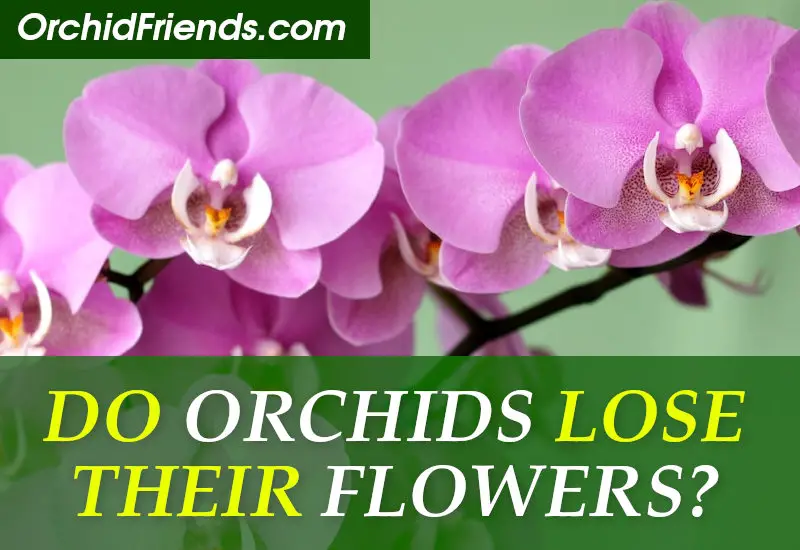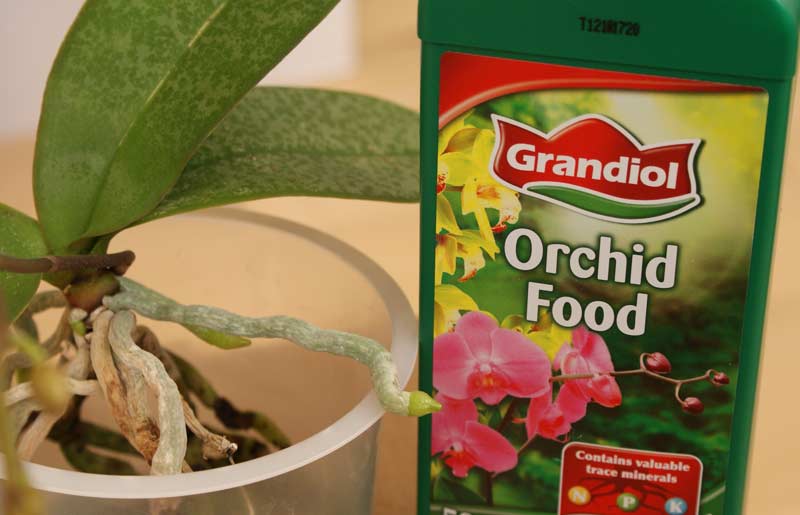
** This post is written and edited by a human being **
Propagate an Orchid From a Flower Stem
Propagating an orchid from a flower stem using keiki paste is a method that encourages the orchid to produce a “keiki,” or a small baby plant, from the flower spike. Here’s how you can do it:
1. Choose the Right Flower Spike
Look for a healthy, mature flower spike on your Phalaenopsis orchid that still has some green tissue left. The flower spike should be free from any signs of rot or disease, and it should ideally be in the later stages of flowering.
2. Apply Keiki Paste
Keiki paste is a plant hormone (cytokinin) that stimulates the growth of new shoots from nodes on the flower spike. Using a small paintbrush or cotton swab, carefully apply a small amount of keiki paste to a healthy node on the flower spike. A node is a bump on the stem where a leaf, bud, or keiki can form. Apply the paste sparingly, as too much can harm the plant.
3. Wait for the Keiki to Grow
After applying the paste, be patient. It can take anywhere from a few weeks to a couple of months for the keiki to appear. The keiki will start as a small shoot, and over time, it will grow leaves and roots. Make sure the orchid is in a bright, indirect light location and keep it in a stable temperature range to support growth.
4. Separate the Keiki
Once the keiki has developed several roots and a few leaves, it’s ready to be separated from the mother plant. Use clean, sharp scissors or pruning shears to cut the keiki off just below the roots. Be sure not to damage the roots during this process.
5. Repot the Keiki
After removing the keiki, repot it in a small orchid pot with appropriate orchid mix. Keep it in a humid environment, and water it lightly until it becomes established. Continue caring for it as you would a mature orchid.
6. Care for the Mother Plant
Don’t forget to care for the mother plant as well! Continue to water it and maintain it in its usual care routine to ensure it stays healthy after propagating.
By using keiki paste, you can successfully propagate your Phalaenopsis orchid and grow a new plant from the flower stem. It’s a fun and rewarding way to expand your orchid collection!
Read here more about KEIKIS & KEIKI PASTE !
Read Why your orchid has lost its flowers.



